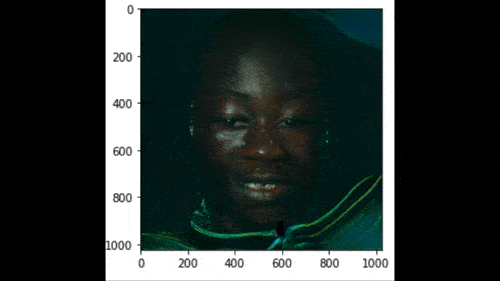Getting images for your personas
One question we receive from almost everyone using our
AI generated buyer personas is
What about the pictures of the personas, can we use them?. When we started out we turned to the obvious places for stock images locking for pictures that would fit the described persona. As everyone else who is creating personas we were in need of distinctive pictures of people from all genders, ethnics and ages. Looking for that in stock photos is a tiresome business.

So we did the obvious thing and started generating and tagging pictures with the help of AI, to be more specific we use a technology called
generative adversarial network (GAN) introduced by Ian Goodfellow and further improved by
Kerras et al. to generated the images used for our personas.
Generative Adversarial Networks
What are GANs and why can they create images of people, that are hardly distinguishable from pictures of real humans?
In layman's terms GAN are two neural network that try to win against each other. Neural net 1 (the generator) creates a picture and neural network 2 (the discriminator) tries to tell if it is fake or not. In this way the network is learning to mimic any distribution of date as close as possible to real data.
In our case the generated and real data consist of pictures of people, thus the network learning to create pictures as close to reality as possible. We can create an infinite amount of pictures, resembling every possible combination of age, gender, ethnics and features like glasses, hats, … . While our GAN is working, we create new images never running out of unique pictures fitting your personas. While we monitor your data and evolve your personas, i.e. if the markets or customers change, we can evolve your pictures too.
Even if academia (Hill et al.) is discussing, which bias is introduced by different pictures in personas and if stereotypes enter the design process, if certain pictures are used, we at Mnemonic believe that a good picture helps you develop a sense of "who you are talking to". In comparison to (non-)researched based personas, the AI generated ones from Mnemonic choose pictures most fitting to the data describing the underlying real humans. Even with all the AI stuff going on under the hood, personas are a people game that is just not 100% right without a visualization.